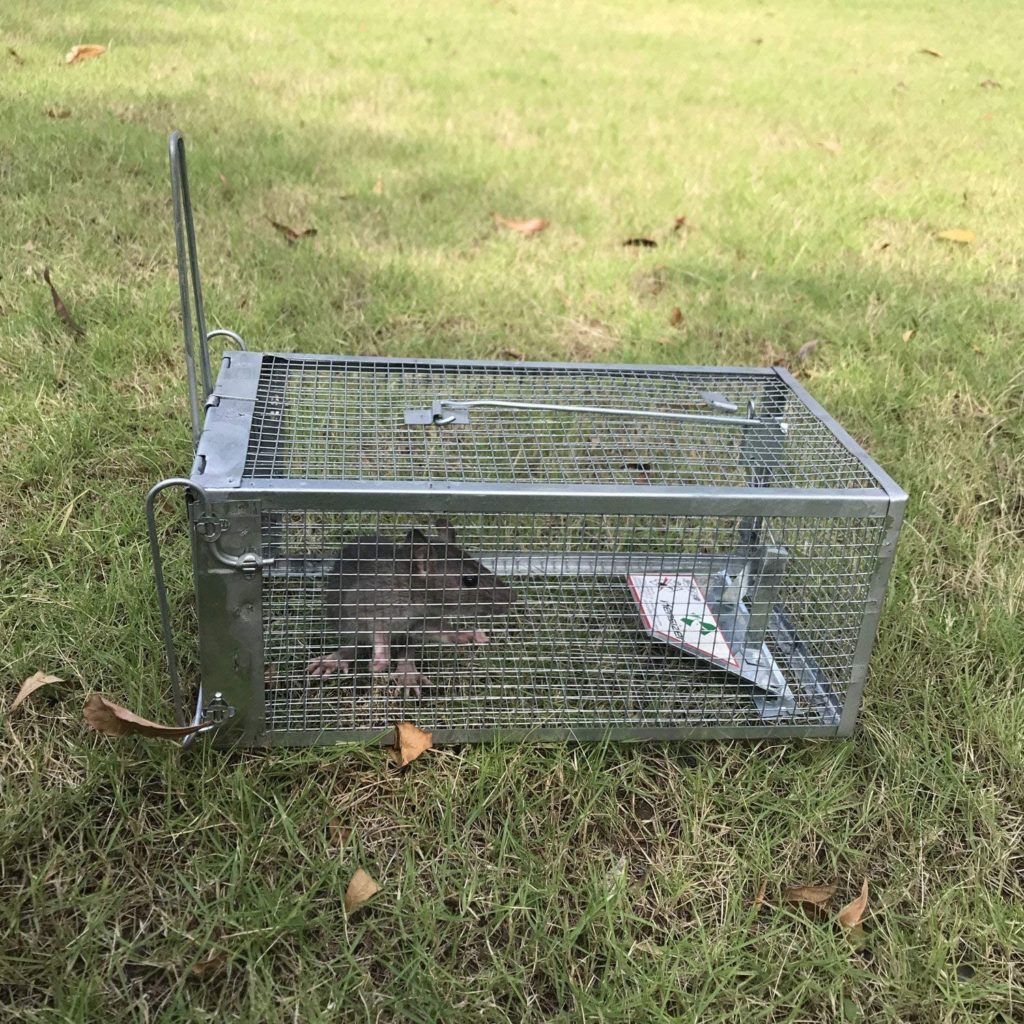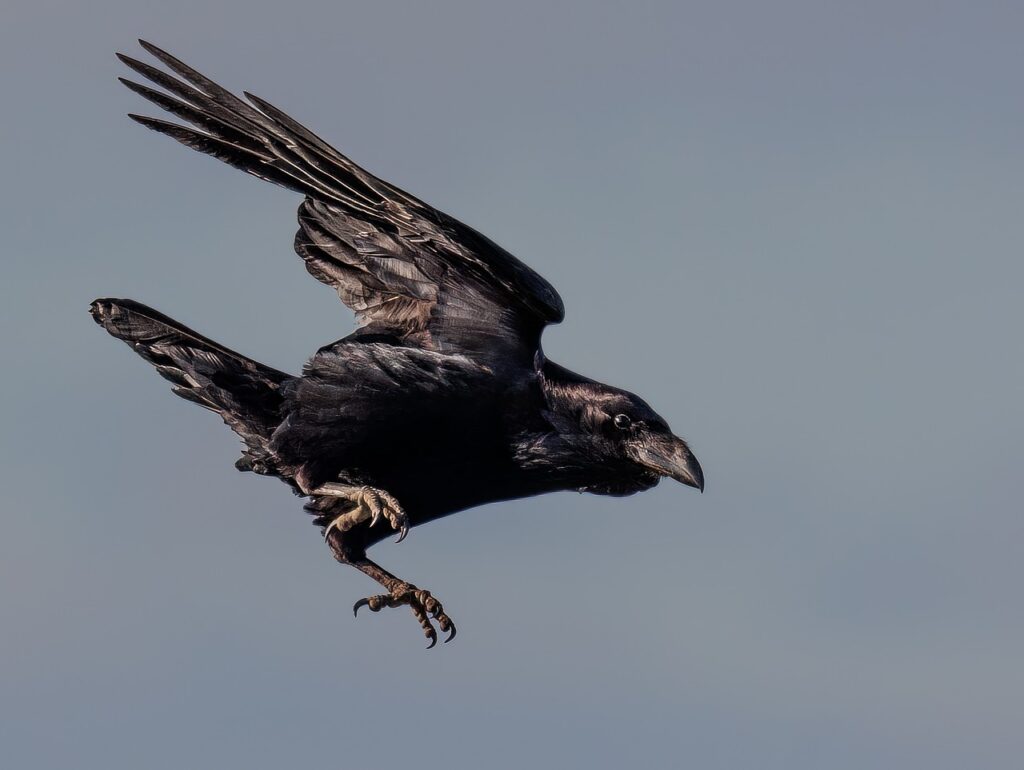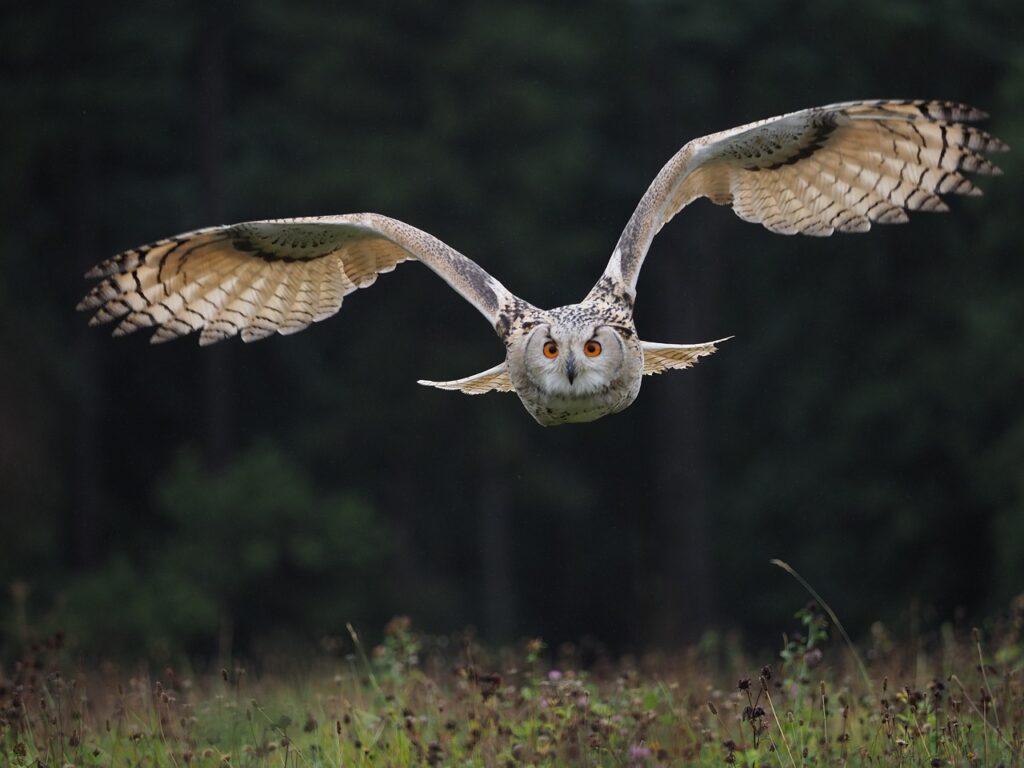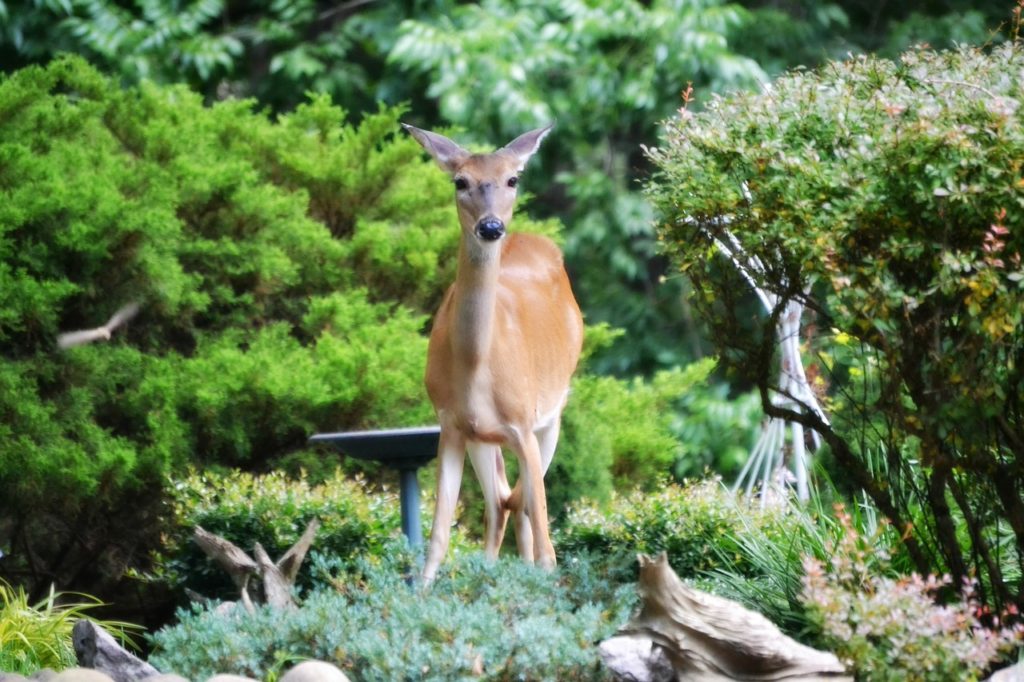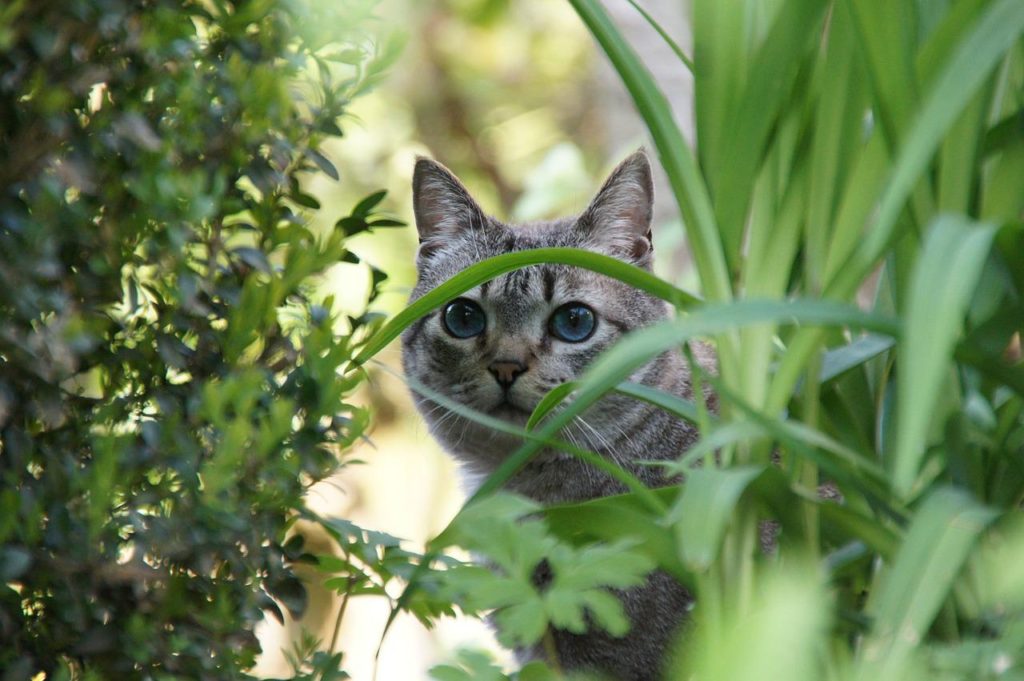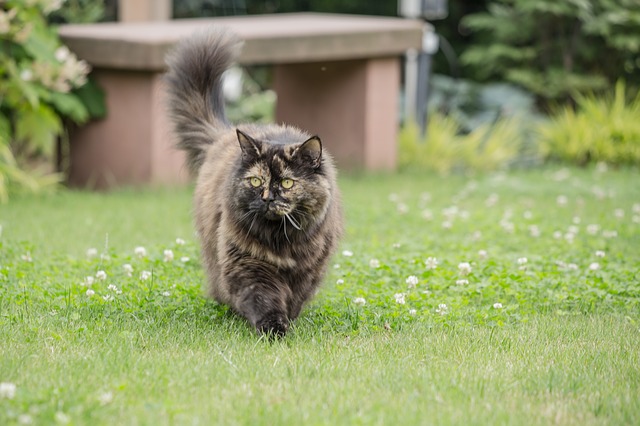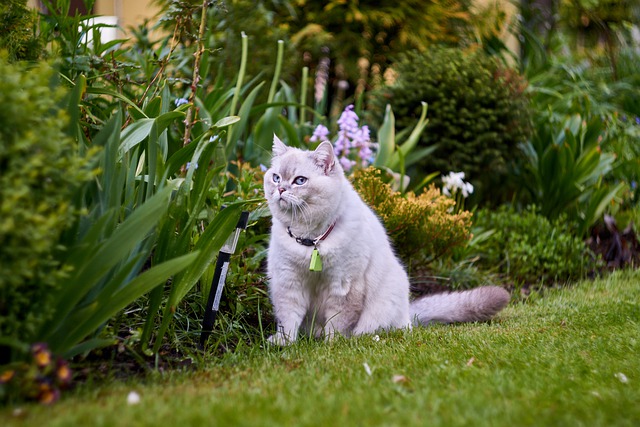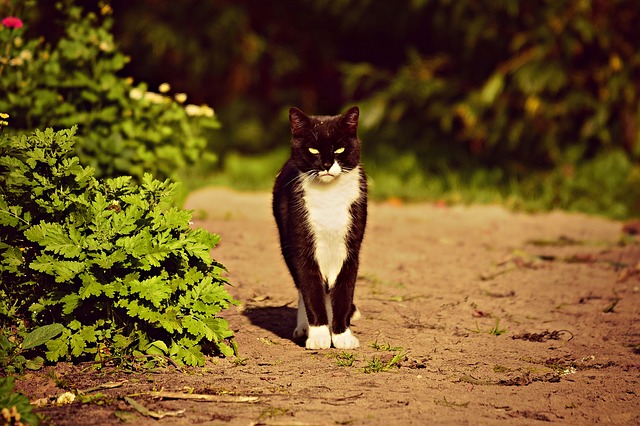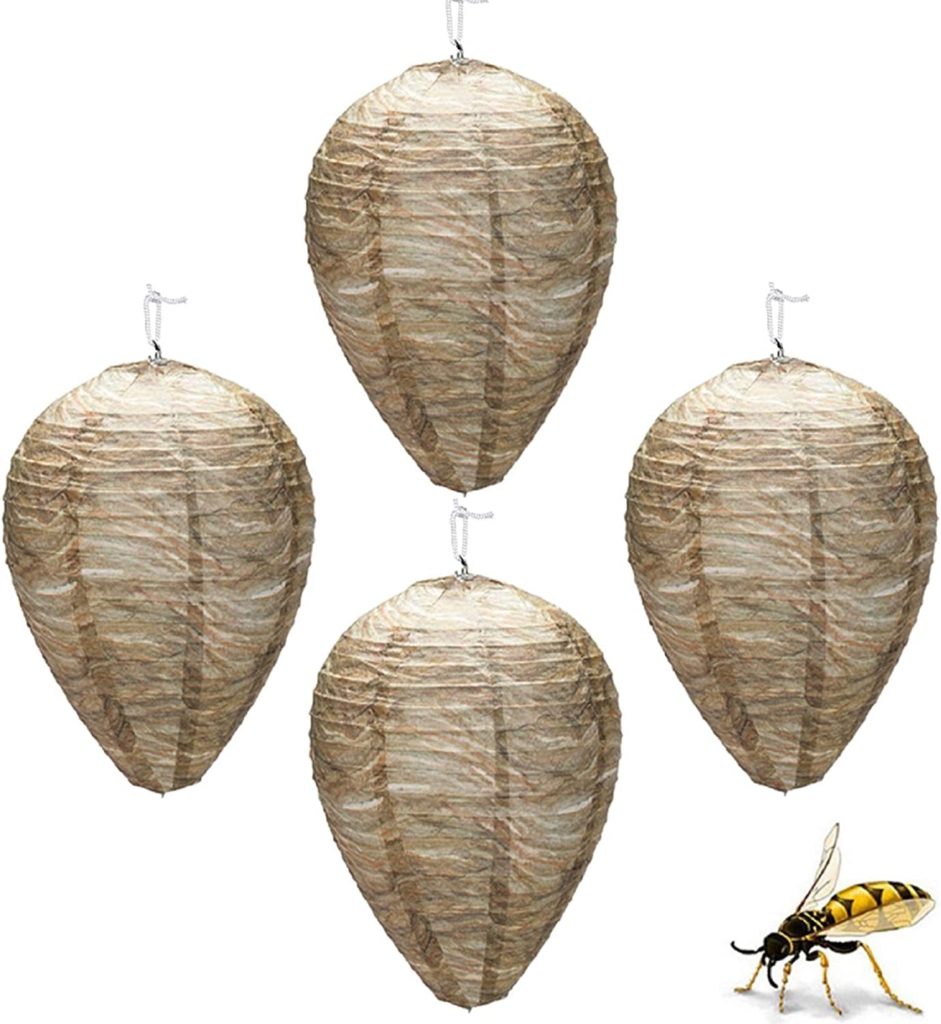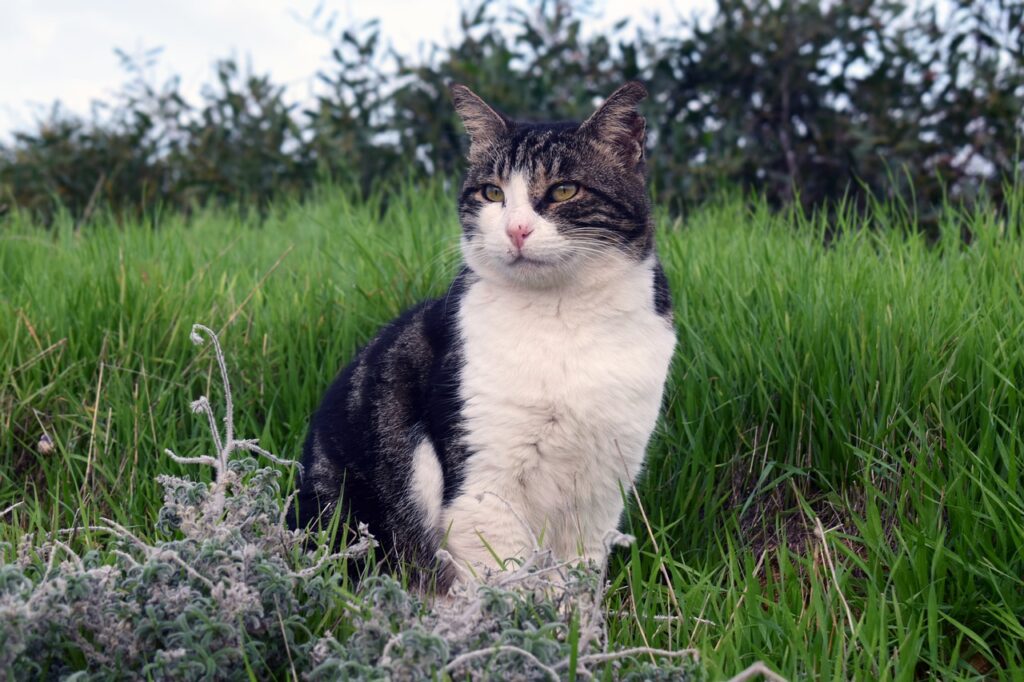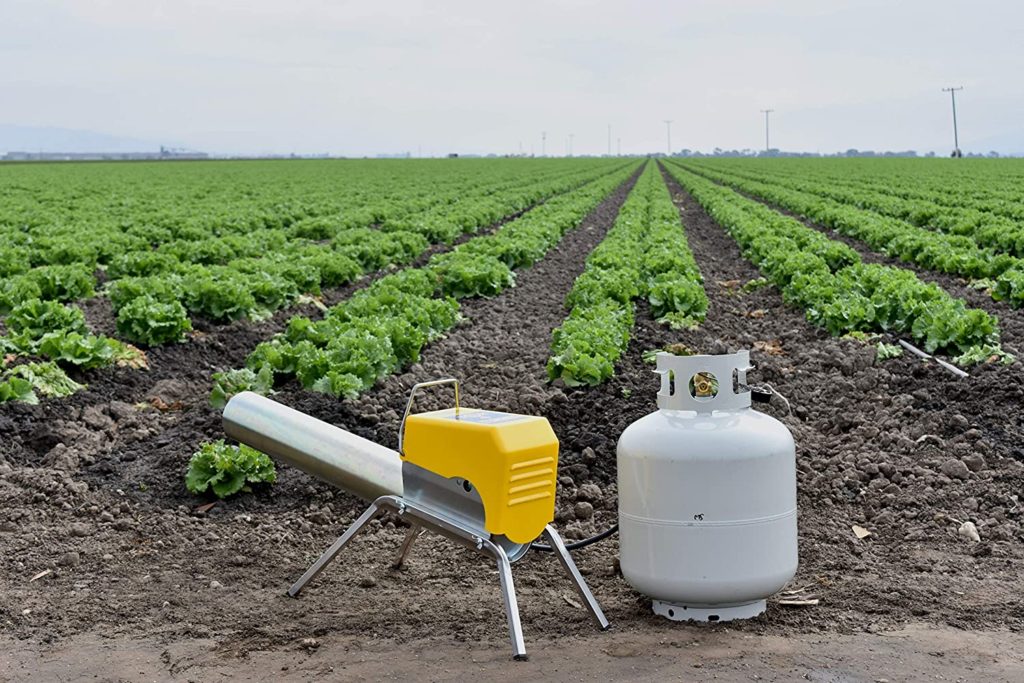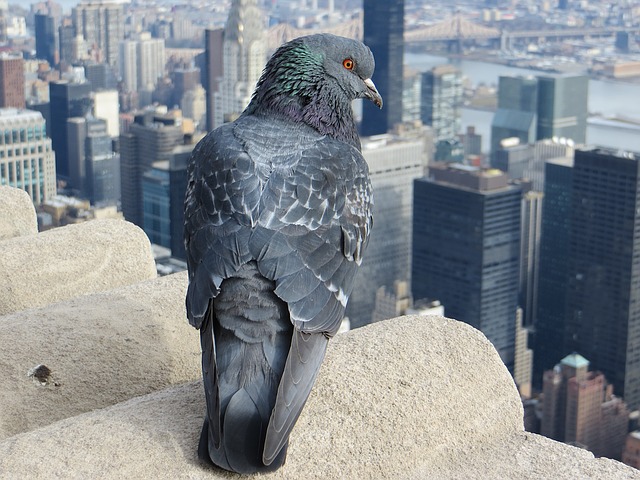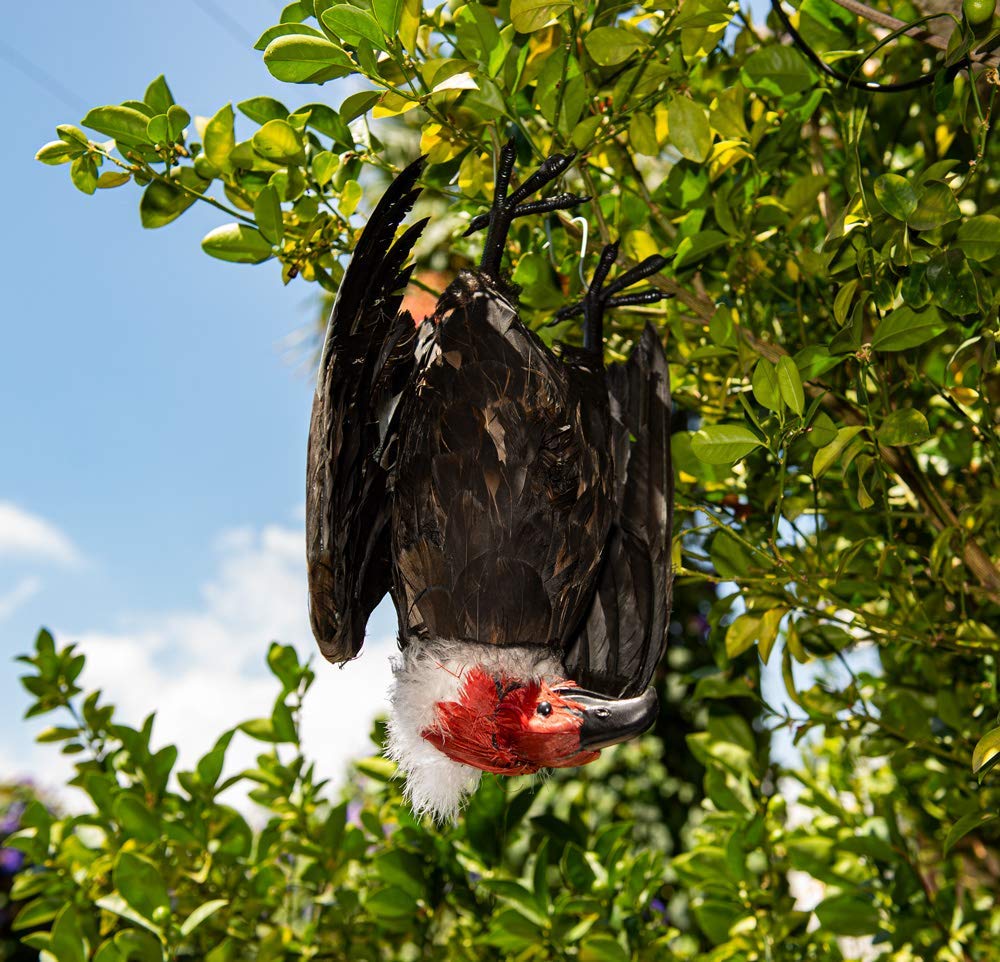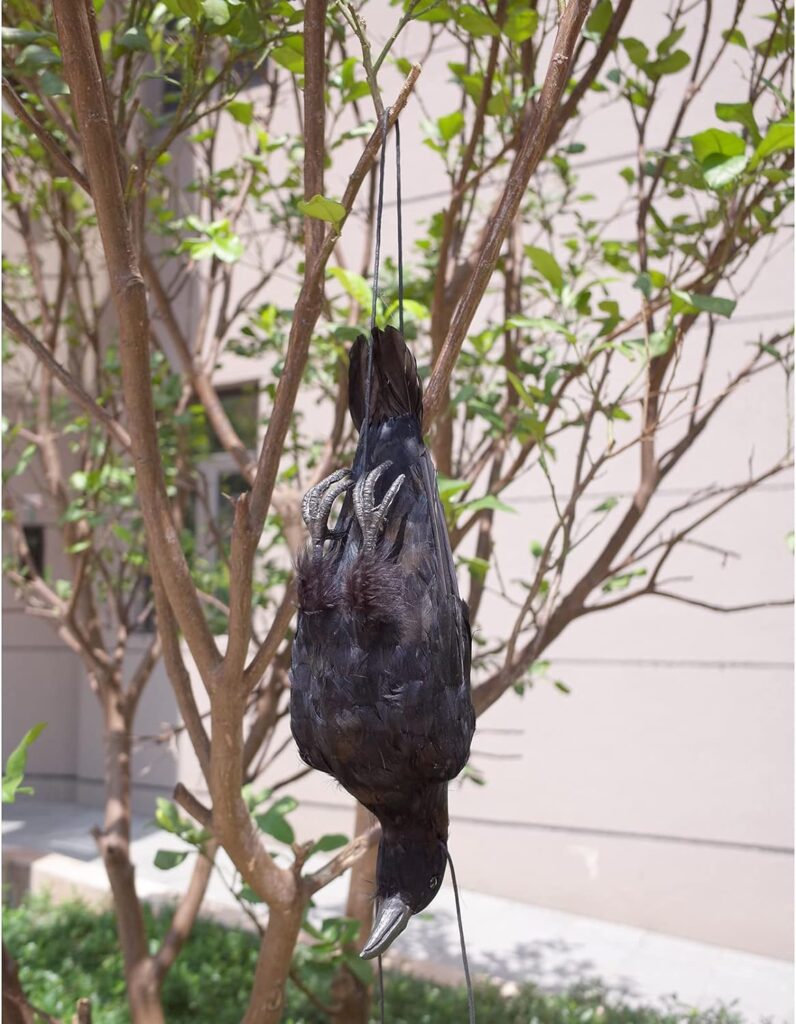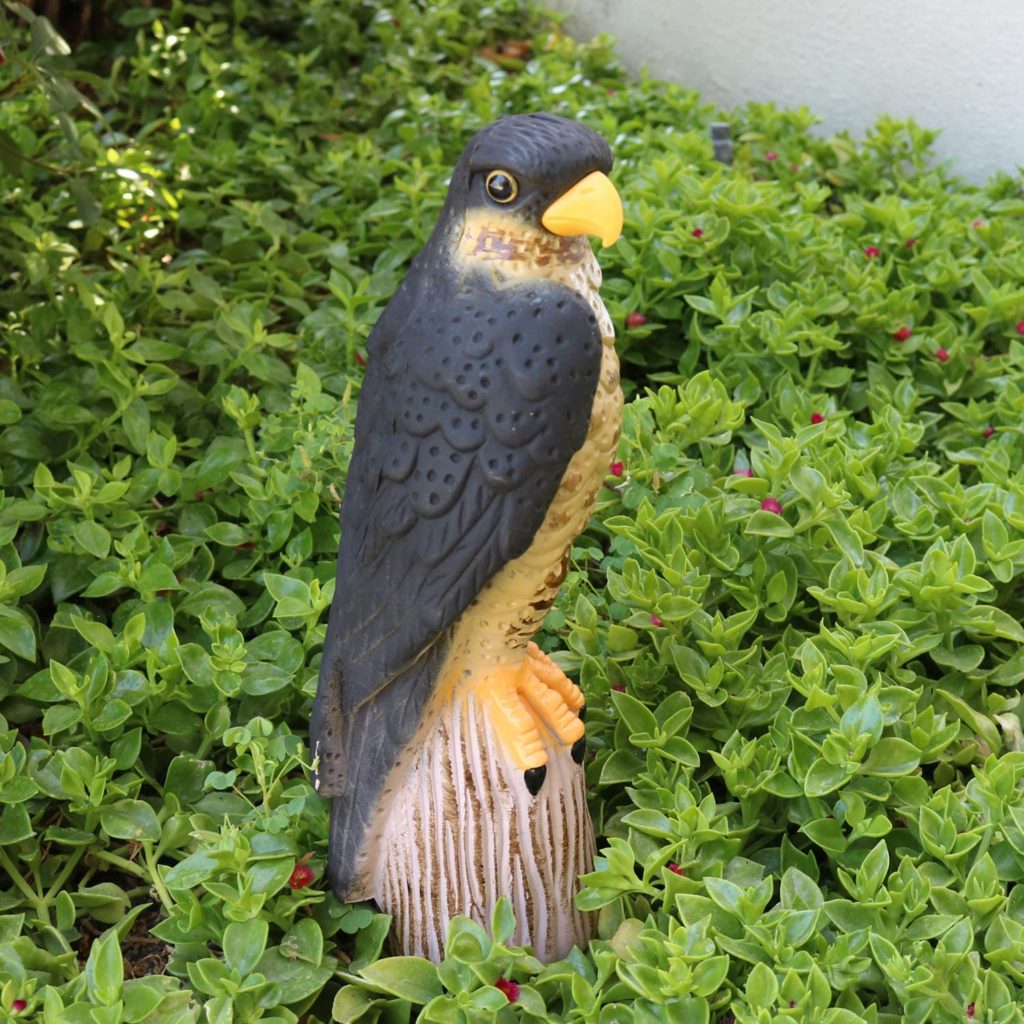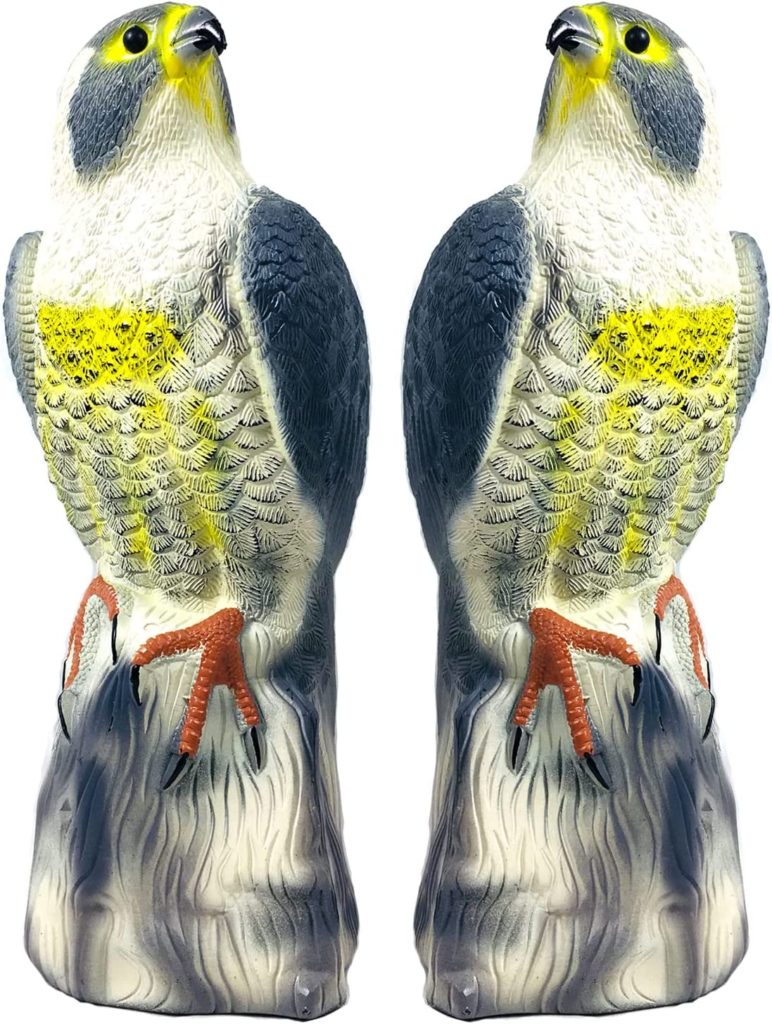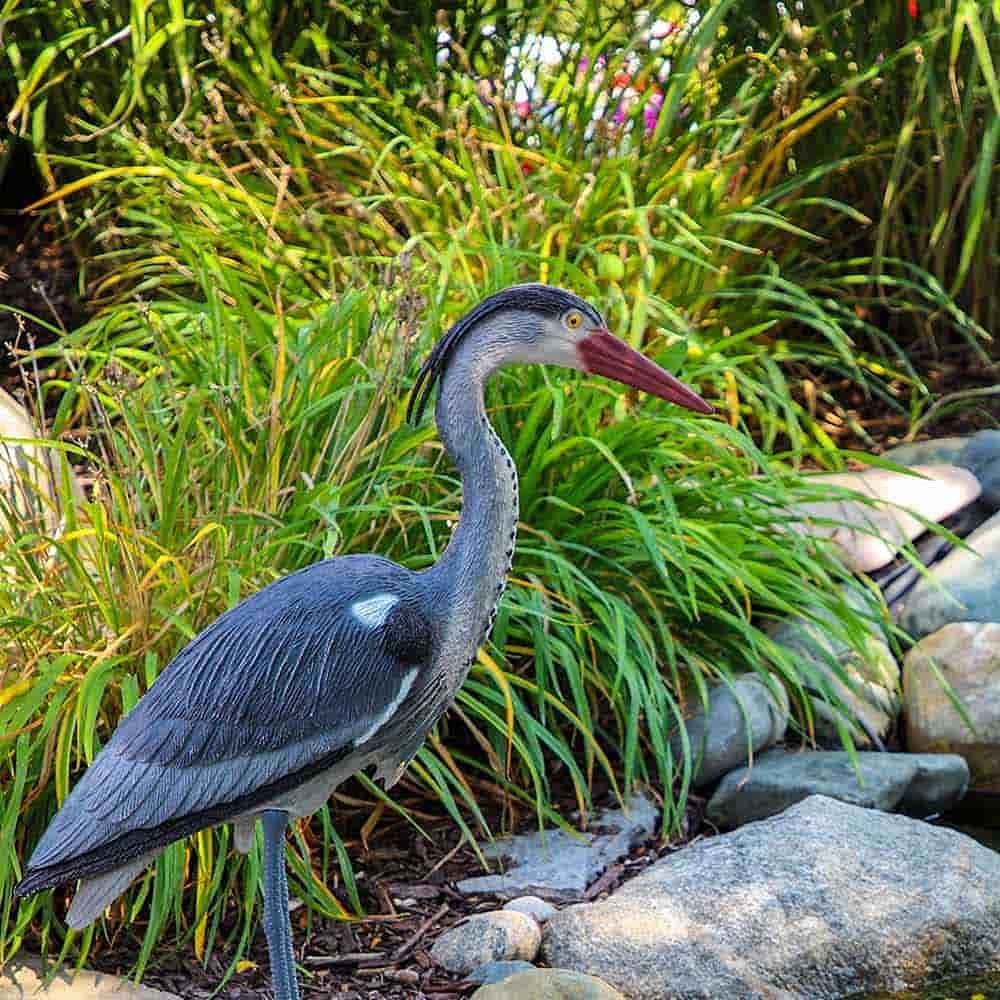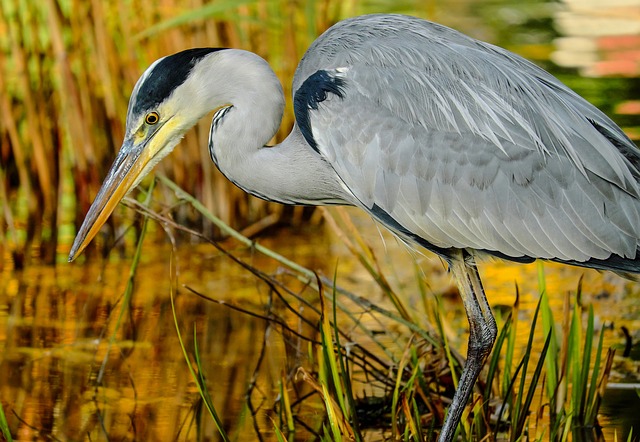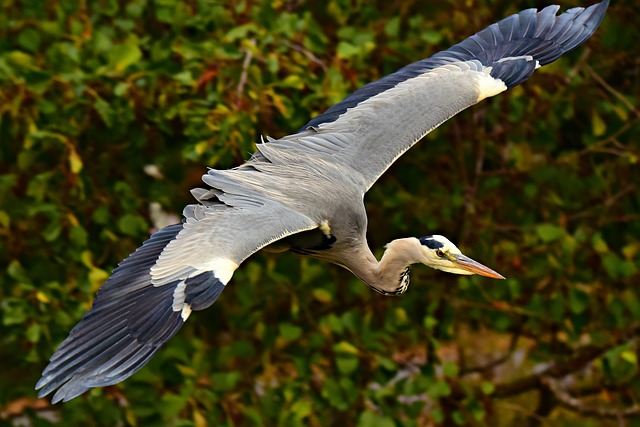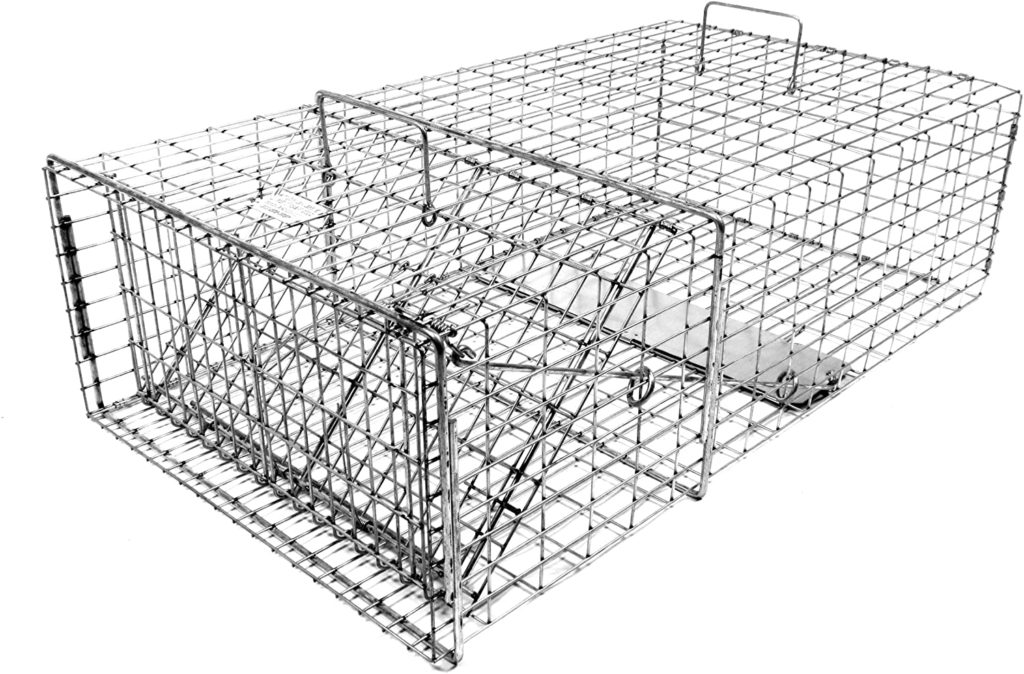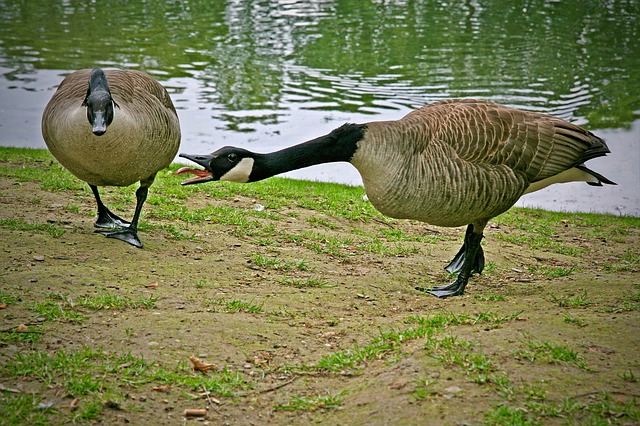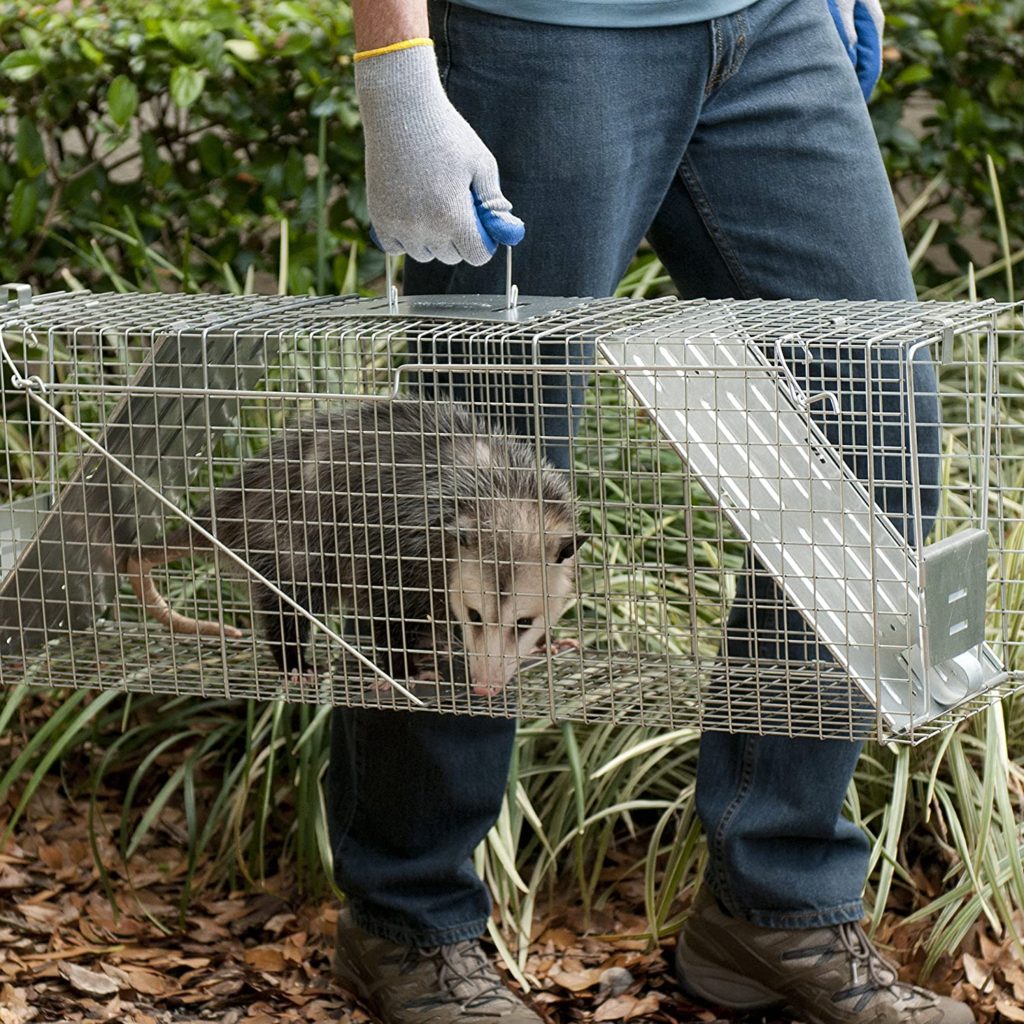
Pests can be a major hassle; they can cause costly damage, make a mess, and can even spread disease. Many homeowners choose to trap pests on their own using what are known as live animal cage traps. These traps are totally humane and allow you to safely relocate the pest to another location. And with the following tips, you’ll be sure to increase the odds that you’re successful when using them.
Should You Actually Trap This Animal?
Before you purchase or set up a live cage trap you’ll want to consider whether you should actually catch the animal at all. While setting a trap is one thing, relocating an animal once it’s caught is another. And some pests may get a bit aggressive.
Depending on the type of animal you’re trying to catch and your own personality, sometimes it’s better to call a professional pest control service to do the job for you. Also depending on where you live it may not even be legal to trap the specific animal you would like to remove. So be sure to check your local laws first.
If trapping isn’t legal or you don’t want to deal with traps or trapped animals using a predator decoy such as coyote, fox, or floating alligator decoy can often work to keep pests away as well. However, the type of decoy or deterrent you should use will depend on the specific pest species you are trying to deter.
Be Patient
Don’t get discouraged if you aren’t successful with your trap right away. Animals can be quite observant and anything out of the ordinary like traps are often avoided. With some patience, by following tips like the ones listed here you should be able to catch what you’re after.
Whether or not an animal decides to enter a live animal cage trap can depend on a range of different factors and circumstances. And of course, sometimes a bit of luck is needed as well. So don’t give up when you find your trap is empty. Simply be patient and don’t be afraid to change things up as needed. One simple alteration may be all it takes.
Choose An Appropriate Bait
Before setting a live animal trap, you will need to choose the appropriate bait. Each type of animal has specific foods that are known to attract it. For instance, canned fish is often placed in traps to lure opossums and skunks whereas cantaloupe is known to work very well for groundhogs. The right bait is crucial, so find out what your target species prefer and use it in your trap.
Habituate Pests To Your Trap
Because metal cages don’t naturally appear in the wild, many pests will avoid them. To help convince wary backyard pests that this new manmade object is safe, placing it un-set, in the area you will use it first can help. Putting the same bait you are planning to use around it or even on top of the live animal cage trap can help build confidence as well. And this can really increase your odds.
Check On Your Trap
Once you set your trap checking on it is essential. The longer an animal is left in a trap the more stressed it can become. Checking on your live animal cage trap is especially important in hot weather since a caught animal may not have any way to cool down. While you don’t want to check your trap so often that you scare pests away from entering your trap in the first place, once or twice a day is usually sufficient.
Employ Multiple Live Animal Cage Traps
If one trap doesn’t work, don’t hesitate to use more. In fact, professionals often use three or more at a time, especially when trying to catch smaller animals. By setting multiple live animal cage traps in various locations you can help to put the odds in your favor without much wasted time.
Start Shopping for Live Traps!
What Smells Do Crows Hate?
Crows can be quite a nuisance. And one natural way to deter them is by using scents that they dislike. But what smells do crows hate? Read on to find out! Pest Crows Crows are often considered to be pests. In agricultural areas, they are well-known for causing crop...
How To Get Rid Of Owls In Your Yard
While owls are amazing creatures and can help to function as natural pest control, they are not a bird everyone wants on their property. Fortunately, when it comes to how to get rid of owls in your yard there are quite a few things you can do to deter them. Here’s...
How To Make Irish Spring Deer Repellent
Irish Spring isn't just a soap that has a pleasant and energizing fragrance. It's also an ingredient that can help keep your outdoor space healthy and inviting. By making your own Irish Spring deer repellent you can help keep nuisance deer at bay. Here's what you'll...
The Best Cat Deterrent Plants
Cats are adorable and beloved creatures. That doesn't mean, however, that they belong in your garden. The last thing you want is to see felines eating your favorite plants, or using your garden as their personal toilet. So here are some of the best cat deterrent...
Do Coffee Grounds Deter Cats?
You may find your garden and yard smelling awful because the neighborhood cats have decided to treat the area as their giant litter box. Not only can it really stink but it’s unsanitary too. Cats may also be tearing up plants and digging out seeds and bulbs. You may...
Will Coffee Grounds Keep Cats Away?
If you find that the neighborhood cats are treating your garden and yard like a personal litter box, it is time to use coffee grounds to keep cats away. You may wonder, "Will coffee grounds keep cats away?" The answer is yes, they will. This is not a myth or an old...
Cats And Coffee Grounds
For most of us, our first cup of coffee in the day is like a drink of ambrosia. Not only does it smell and taste delicious but it has many other advantages. Cats and coffee grounds do not go together. And this is great if you are having trouble with cats littering up...
Everything You Need To Know About Fake Wasp Nests
Buy on Amazon Wasps are aggressive pests that have a painful and potentially dangerous sting. Luckily you don’t have to risk serious injury in order to keep them away. A much easier option is to use a fake wasp nest to deter them. And here is everything you’ll need to...
How To Use Orange Peels To Deter Cats
Are you tired of neighborhood cats wreaking havoc in your garden or yard? What if we told you that there is a simple, natural, and effective solution to repel them? Enter the humble orange peel to deter cats, a surprisingly powerful DIY cat repellent that has been...
The Complete Guide To Bird Cannons
Buy on Amazon Birds and other pests can be a huge nuisance for farmers, businesses, and homeowners in rural areas. They can cause an incredible amount of damage, a loss of income, and also be a major safety concern. A bird cannon is a cost-effective and highly...
Types Of Pest Birds
Pest birds come in a variety of shapes and sizes. However they all have one thing in common: they can be a real nuisance to us humans in one way or another. The following are the most common types of pest birds you’re likely to encounter. European Starling The...
Dead Vulture Decoys: The Beginner’s Guide
Buy on Amazon Vultures in flight can look elegant as they soar high above. However, these large birds can be a big problem once they’ve decided to land on your property. A dead vulture decoy is one of the most efficient tools for deterring these pests. And here...
The Total Guide To Dead Crow Decoys
Buy on Amazon Whether you live in the country, suburbs, or even the city, dealing with pest crows can be a significant problem. One of the most effective methods for controlling these nuisance birds is using a dead crow decoy. This all-in-one guide will cover...
Falcon Decoys: Everything You Need To Know
Buy on Amazon Dealing with the damage and mess caused by pest birds is never fun. However, you actually don’t need to spend much time or money in order to get rid of birds and other pest species. With the help of a falcon decoy, you can take advantage of their natural...
All About Hawk Decoys
Buy on Amazon Pest birds can make a huge mess and cause a lot of expensive damage. To help keep birds and other pests away, a hawk decoy is an effective and safe solution. So here is your complete guide to them. Why A Hawk Decoy? Hawks are one of the most widespread...
The Complete Great Blue Heron Decoy Guide
Buy on Amazon A hungry heron can easily make a meal out of expensive pond fish. One of the most effective methods for protecting your pond from these smart birds is with a great blue heron decoy. Here is your complete guide to them, with all the info and tips you’ll...
How To Keep Blue Herons Out Of Your Pond
Great blue herons are one of the biggest problems that pond owners face. These birds are not only smart but can easily catch and swallow large numbers of surprisingly big pond fish. Therefore you’ll need to know how to keep blue herons out of your pond in order to...
How To Deter Herons From Your Pond
Herons are designed by Mother Nature to hunt fish. And unfortunately for pond owners, they often find pond fish to be an easy meal. So in order to protect your fish, you will want to know how to deter herons from your pond. Alligator Decoys Alligators are natural...
How To Get Rid Of Snapping Turtles In The Pond
Buy on Amazon While there are some turtle species that can live peacefully in backyard ponds snapping turtles are typically not one of them. Not only are they carnivorous but also potentially dangerous. However before you try and catch one, you’ll want to know how to...
Common Pond Pests And How To Deal With Them
While there are many benefits to owning a pond, one of the drawbacks is dealing with pests. And whether big or small they can definitely be a nuisance. Here are some of the most common pond pests you’re likely to encounter along with the basics on how to deal with...
